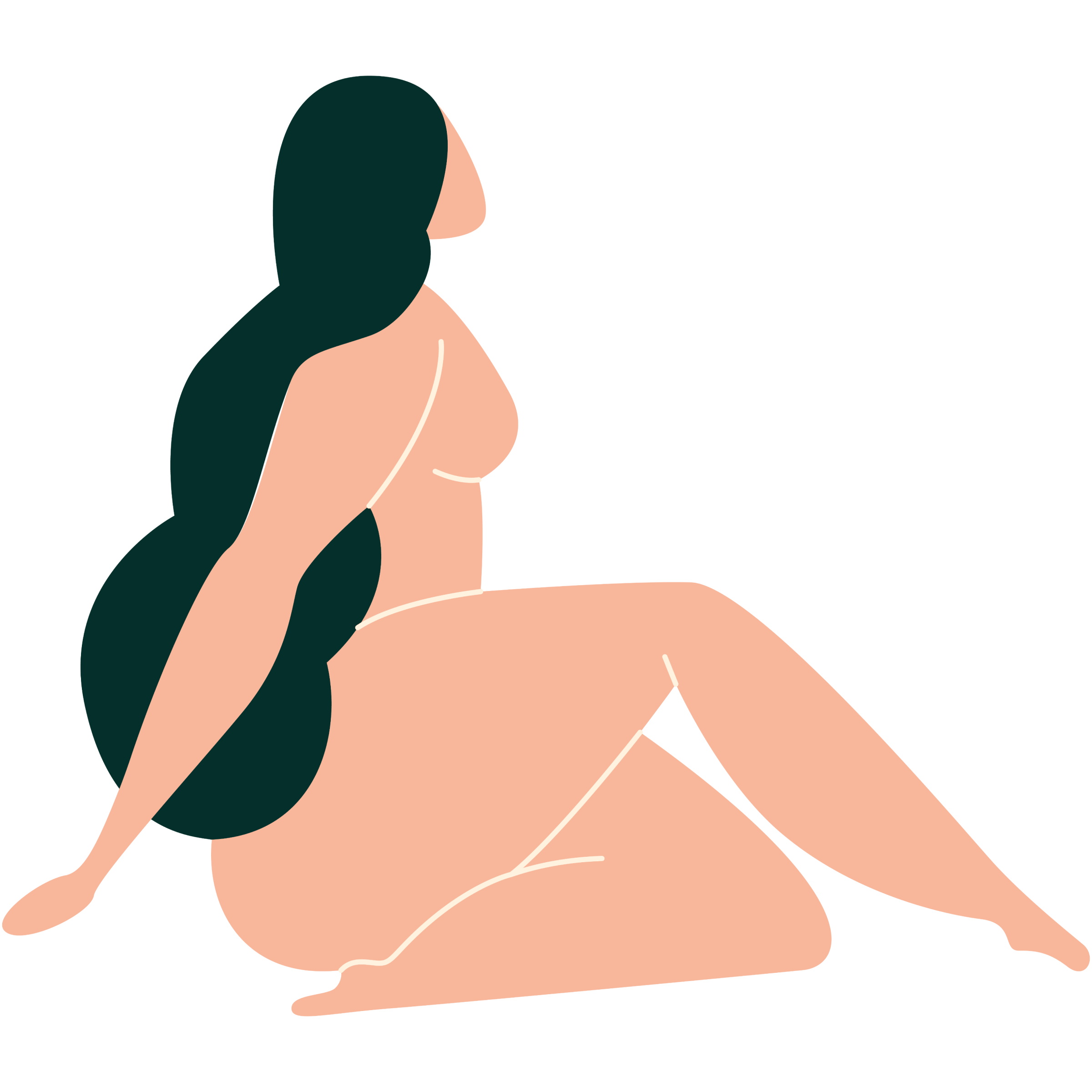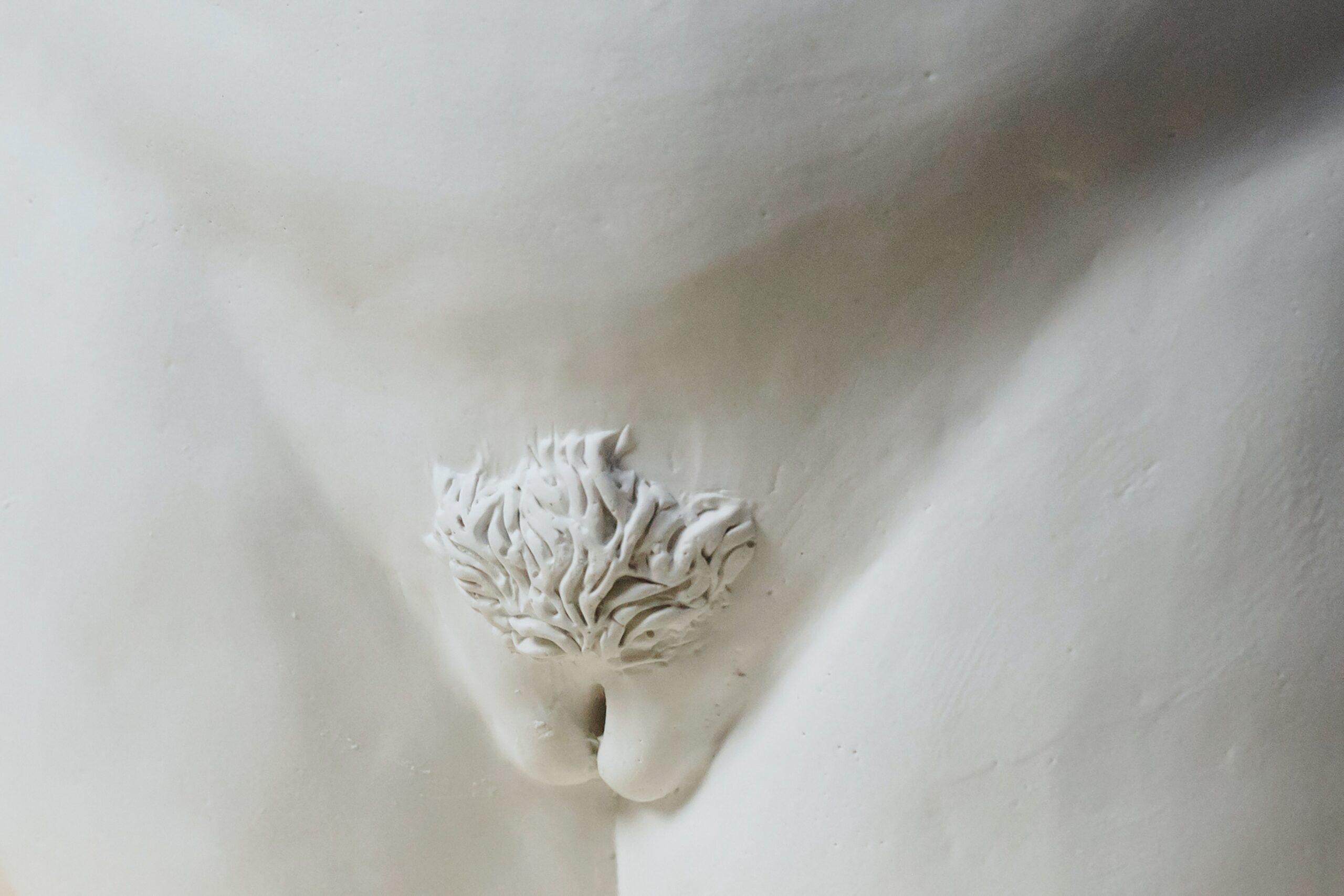
Body
Get to know your body through a better understanding of your anatomy and find the answers to some of your most common questions.

So many of us have grown up without the education that is crucial to our understanding of our sexual bodies, including the vulva and vagina, and discouraged from any form of exploration or conversation.
Indeed, as young girls, we were raised to use nicknames for our genitals, and if we showed any curiosity or interest in our vulvas, we were quickly reprimanded or distracted, and taught to ignore the whole universe existing just below our navels.
As a result, we grew up not knowing the correct names for our sexual and reproductive organs, what they look like, how to care for them, and how to tell when something is wrong.
As women today, we feel disconnected from that part of ourselves, which can stop us from fully expressing ourselves sexually, enjoying intimacy with a partner, and even diagnosing life-threatening conditions. We carry with us this stigma around our bodies, passing it on to future generations. But this stops now.
It's time we got to know our vulvas.

The vulva includes the mons pubis (the mound of flesh on top of a woman's pubic bone), the clitoral hood and the clitoris underneath that, the inner and outer labia (also known as the labia minora and majora), the vestibule (the space between the inner labia), the urethral opening (which carries urine out of the body), and the opening to the vagina. The diagram above can help you understand that better.
Do you know what a vulva is called in Arabic? It’s “farj”, which literally translates to “opening” and has shared origins with the term meaning relief, release, comfort, pleasure, and relaxation.
At Mauj, we like to think of “farj” as an opening of the body, the mind, a new chapter, and your sexuality, just to name a few.
The clitoris is found at the uppermost part of the vulva, under what is called the clitoral hood. More accurately, however, that is the only visible part of the clitoris, also known as the glans, as most of it is hidden under the tissue of the vulva (refer to the next illustration to see what that looks like). Think of it more as an iceberg, with only a small portion peaking out. The glans, which is the most sensitive part of the clitoris with thousands of nerve endings, varies in size from person to person and can range from 0.5 to 3.5 centimeters.
The labia come in two sets: the outer labia (or labia majora) and the inner labia (or labia minora). The outer sides of the outer labia are covered in regular skin and pubic hair, while the inner sides are covered in mucous membrane. The inner labia, on the other hand, are thinner and have no hair. In most cases, the inner labia are longer than the outer labia and often unsymmetrical, with one side longer than the other. Both the labia minora and the labia majora vary greatly in appearance from person to person.
These lips or flaps serve the important purpose of protecting your inner sexual organs.
The urethral opening sits in front of the vaginal opening, within the inner labia. If you use a mirror to look at your vulva, it’s the first hole you will notice at the top of your vestibule. It connects through a tube called the urethra to the bladder to discharge urine outside the body. In other words, it’s where you pee from.
The hymen is a rim of tissue (thin skin) at the outer opening of the vagina. It usually has a doughnut or crescent shape with a large, central hole. However, this varies a lot, and sometimes hymens can have fringes or several holes or can consist of lobes. The most common forms of the hymen leaves enough space for blood to come out during a period and even to put a tampon in. Because of its partial tears and elasticity, the hymen can allow for the insertion of tampons or menstrual cups without necessarily causing major changes to its structure (this differs from person to person). Very rarely does the hymen cover the whole vagina.
In Arabic, it's called ghisha'a al-bikara, meaning the virgin membrane. "Ghisha'a" literally translates to a coating or covering layer, which connotes that the membrane is sealed, closing the opening of the vagina. Physiologically this is rarely the case, so the name just further perpetuates the notion that the hymen is something that can be teared open or broken.
Hymens are just as unique as you are. Just like vulvas come in different shapes and sizes, so do hymens. They look very different from vagina to vagina, and the shape, size, and flexibility of a hymen can change significantly across a woman’s lifespan due to changes in estrogen levels and physical activities. The elasticity of the hymen can also allow it to retain its shape even after penetrative activities, depending, again, on the person’s body. Therefore, the shape of hymen is no indication of sexual activity.

Did you find the answer you were looking for? Is there something we missed? What did you think of this resource? We want to hear from you.
